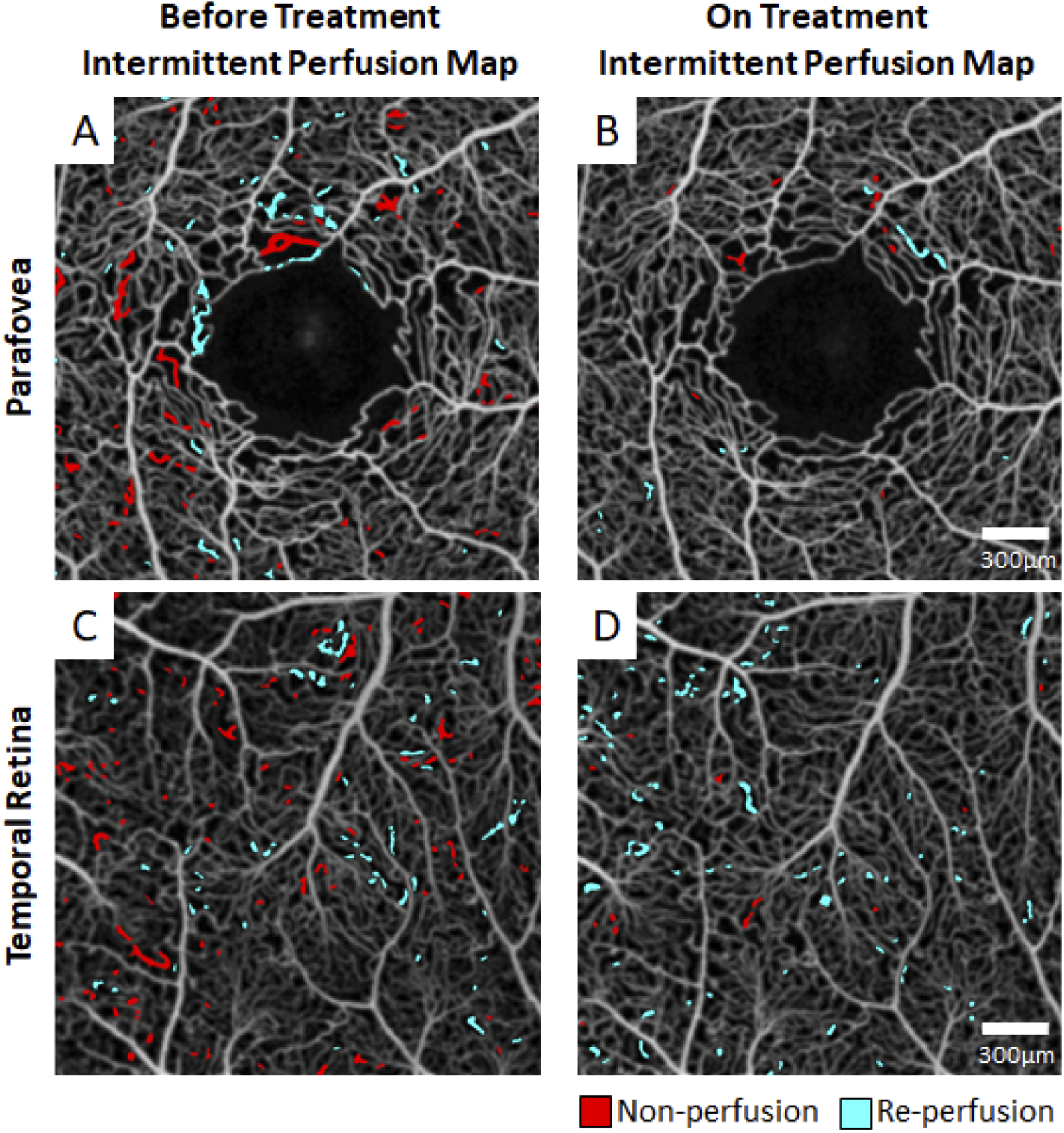Children’s Hospital Los Angeles (CHLA), a national leader in advanced pediatric medical care and innovative cell and gene therapy research and treatment, announced today the addition of its 10th cell and gene therapy treatment, establishing CHLA as the pediatric provider offering the most FDA-approved, state-of-the-art cell and gene therapy treatments on the West Coast.
Tag: Sickle Cell
NIH Awards Mount Sinai Researchers $12 Million to Personalize Sickle Cell Treatment
The Mount Sinai Health System has received a $12,180,625 grant from the National Heart, Lung and Blood Institute to compare new treatment options for sickle cell disease and determine which work best for specific patients.
News Tip: September Is Sickle Cell Awareness Month — Johns Hopkins Medicine Experts Are Available for Interviews
September is National Sickle Cell Awareness Month. Johns Hopkins Medicine experts who specialize in sickle cell disease are available to speak with reporters about health equity issues related to sickle cell disease.
New study shows promising evidence for sickle cell gene therapy
UChicago Medicine Comer Children’s Hospital was one of three sites to enroll patients in a clinical trial to test a potentially curative stem cell gene therapy for sickle cell disease. The results were promising.
Analysis: Gene therapy for sickle cell disease will be cost-effective if health disparities considered
New multimillion-dollar treatments for sickle cell disease (SCD) will be cost-effective in the U.S. if racial health outcome and health access disparities are taken into consideration, according to a new cost analysis led by Yale School of Medicine’s George Goshua,…
Treatment cost analysis highlights systemic health inequities faced by persons with sickle cell disease
A new distributional cost-effectiveness analysis of gene therapy versus standard-of-care for sickle cell disease (SCD) found that while gene therapy is cost-ineffective by conventional measures, it can be an equitable therapeutic strategy for persons living with SCD in the United States when equity, cost, and value of treatment are considered together. These findings highlight systemic health inequities faced by persons with sickle cell disease (SCD). The authors say this is the first quantitative consideration of health equity for patients with SCD regarding the decision between gene therapy and standard care and the first study of its kind in any rare disease.
Making the case to improve outcomes for sickle cell disease
UAB’s Julie Kanter, M.D., says statewide surveillance programs for sickle cell disease can help facilitate progress to improve outcomes.
UTSW is A Founding Member of New Sickle Cell Clinical Trials Network
In a move that will increase access and efficiency of clinical trials for patients with sickle cell disease, UT Southwestern has become a founding member of the new Sickle Cell Disease Clinical Trials Network (SCD CTN) to bring treatments and curative options to people suffering from this potentially life-shortening red blood-cell disorder.

Mount Sinai Ophthalmologists Develop New Technique to Assess Progression of Sickle Cell Retinopathy
(New York, NY – May 10, 2021)- Ophthalmologists at New York Eye and Ear Infirmary of Mount Sinai have created a new technique to evaluate patients with sickle cell retinopathy and assess the disease before it progresses and leads to…
Researchers speed identification of DNA regions that regulate gene expression
St. Jude Children’s Research Hospital scientists have developed a highly efficient method to address a major challenge in biology—identifying the genetic ‘switches’ that regulate gene expression.

Reaching toward a cure for sickle cell disease
The National Heart, Lung, and Blood Institute (NHLBI) has awarded Case Western Reserve University up to $3.7 million to assess emerging genome-editing based therapies being tested for curing sickle cell disease (SCD) at leading U.S research universities and hospitals.
SCD is the most well-known among a group of inherited blood disorders, affecting about 100,000 people in the United States and about 20 million worldwide, according to a 2018 National Institutes of Health (NIH) statement announcing the NHLBI Cure Sickle Cell Initiative.